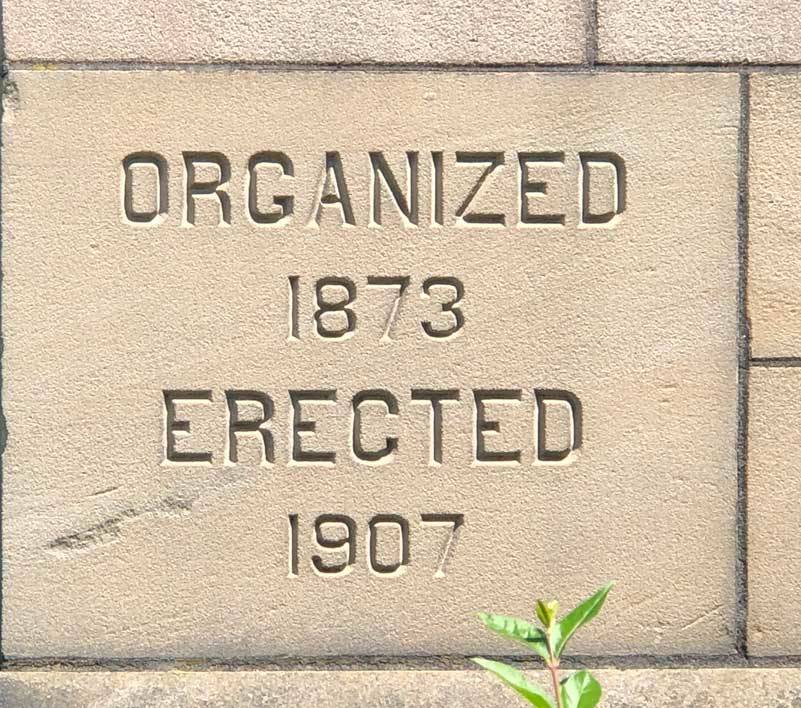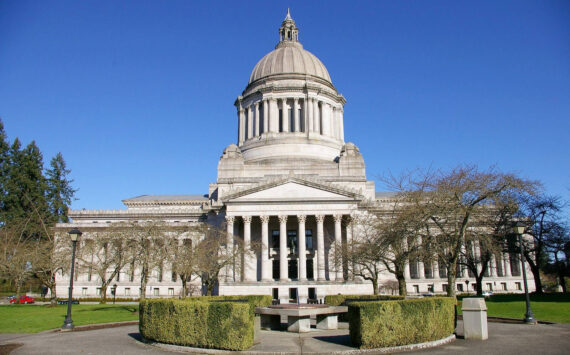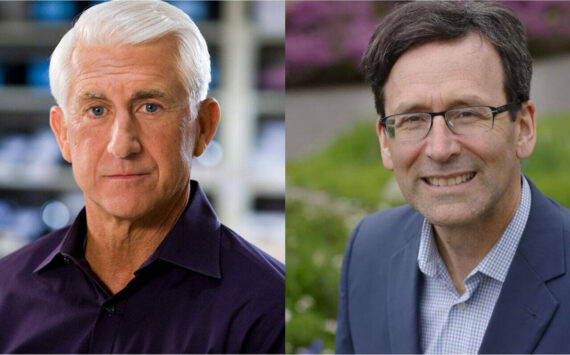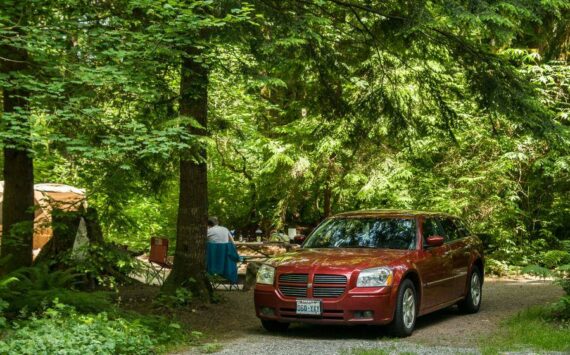By Morf Morford
Tacoma Daily Index
Back in the early 1990s, a hugely popular book was Flow by Mihály Csíkszentmihályi (pronounced MEE-hy CHEED-sent-me-HY-ee).
The premise was simple; when we are absorbed in a task, we lose all sense of time and operate at our fullest and most creative level.
In 2021 all rules, expectations and even a few definitions regarding work, money and life goals are in flux as never before.
What we want to do, are willing to do and how much we think we should get paid for it are pressing questions in almost every industry and vocational field.
The idea of flow seems more relevant than ever.
Some of us slip into a “flow” state relatively easily, others may need to be more deliberate about it.
If you visualize a flow, like water in a river or stream for example, you might have an image of water flowing unimpeded, steadily, not being deterred or stopped.
As water flows, it goes at its own pace and nothing in the natural world can stop it. Water will go under and around boulders, it will even, with enough time, cut through them.
You might think of water as “soft” (at least compared to rocks) but water, in time will grind the hardest of stone into sand.
The same with an idea or vision – with the right focus and enough determination, your idea or vision can slice through any opposition or obstacle.
Streams and rivers virtually never “give up” and you shouldn’t either.
Here are five steps to guide you closer to a state of work (or life) that is both more productive and more personally satisfying – and closer to a moving and never stopping body of water.
You might think of the “flow” state as a condensed, almost dense, summarized version of ordinary work.
Set A Clear Goal
Pick a challenging work task you care about.
The task itself can’t be too easy or difficult, and ideally should require you to use a skill you are confident in, and push you a little bit at a time into new skill areas.
Consider the intrinsic and enjoyable factors (as opposed to extrinsic factors like pay or even recognition) motivating you as you engage in your task.
Look for that balance between skill and challenge, known and unknown bodies of knowledge and experience.
Avoid Distractions
Find a quiet time and place to work, and clear away all distractions.
That could mean setting aside your phone, turning off notifications, or even clearing your desk.
Literally and philosophically, remove anything that might tempt you to shift your focus from your task or interrupt your thoughts.
This makes sure that all your focus is on the task at hand. Remember multi-tasking? What most people call multi-tasking is actually task-switching. Task-switching is enormously energy draining and reduces your productivity by 40%.
Apathy, by the way, is the purest enemy and polar opposite of flow.
Flow, more than the work, is the actual practical caring about the work.
Focus on your Goal
The mind can process up to 120 bits of information per second. You can reach this full focus capacity by fully immersing yourself in your chosen dedicated task for as long as you can.
Be fully engaged with your activity, not the outcome. This takes practice, and can be difficult at first, especially if you’re used to multitasking.
Your energy, when in a state of flow, is on what you are doing, not on what anyone else would think or care about, how or if you are paid or even how long any of it would take.
The work is its own reward.
Co-work
Studies show that working around other people while they’re in the flow increases your chances of finding your flow.
Schedule a time for your team to get focused as a group, and watch what happens.
We use metaphors like “being on the same page” to describe those times when those we work with have aligned awareness, energy and attention.
If you work on your own (as I often do), latch onto someone else’s creativity.
I find creative energy as expressed in music to be just the right tempo, focus and inspiration for writing and research, for example.
I follow the “vibe” and “flow” right along with the musicians.
Consistency
Do your best to find a time of day or a place where your focus can be absolutely clear.
Get a sense of your best pace and duration.
My maximum duration for full-blown creative flowing is usually between 30 and 45 minutes.
Any more than that, and I can feel myself dragging or just filling time.
Any less than that and I feel like I am just getting started.
I’ve noticed that once my “flow” is broken, I can almost never get it going again. I might get back to the task, and even finish it, but the flow has been lost.
One writer’s trick to get back into a broken flow is to leave a writing project in mid-sentence.
By finishing the previous session’s thought/sentence you are re-connecting with the flow you had, and to some degree, can keep it going, or at least re-join it in progress.
Like every habit, each one of these steps will take some practice.
After a day or two, you should feel more connected to your work overall, witness and feel you are contributing to faster and more meaningful progress.
Take a moment to appreciate these changes in the way you work, and continue to practice getting in the flow every day.
To see the author of Flow give a talk on the roots and background of the idea of flow, you can see his TED Talk here – https://www.ted.com/talks/mihaly_csikszentmihalyi_flow_the_secret_to_happiness.





